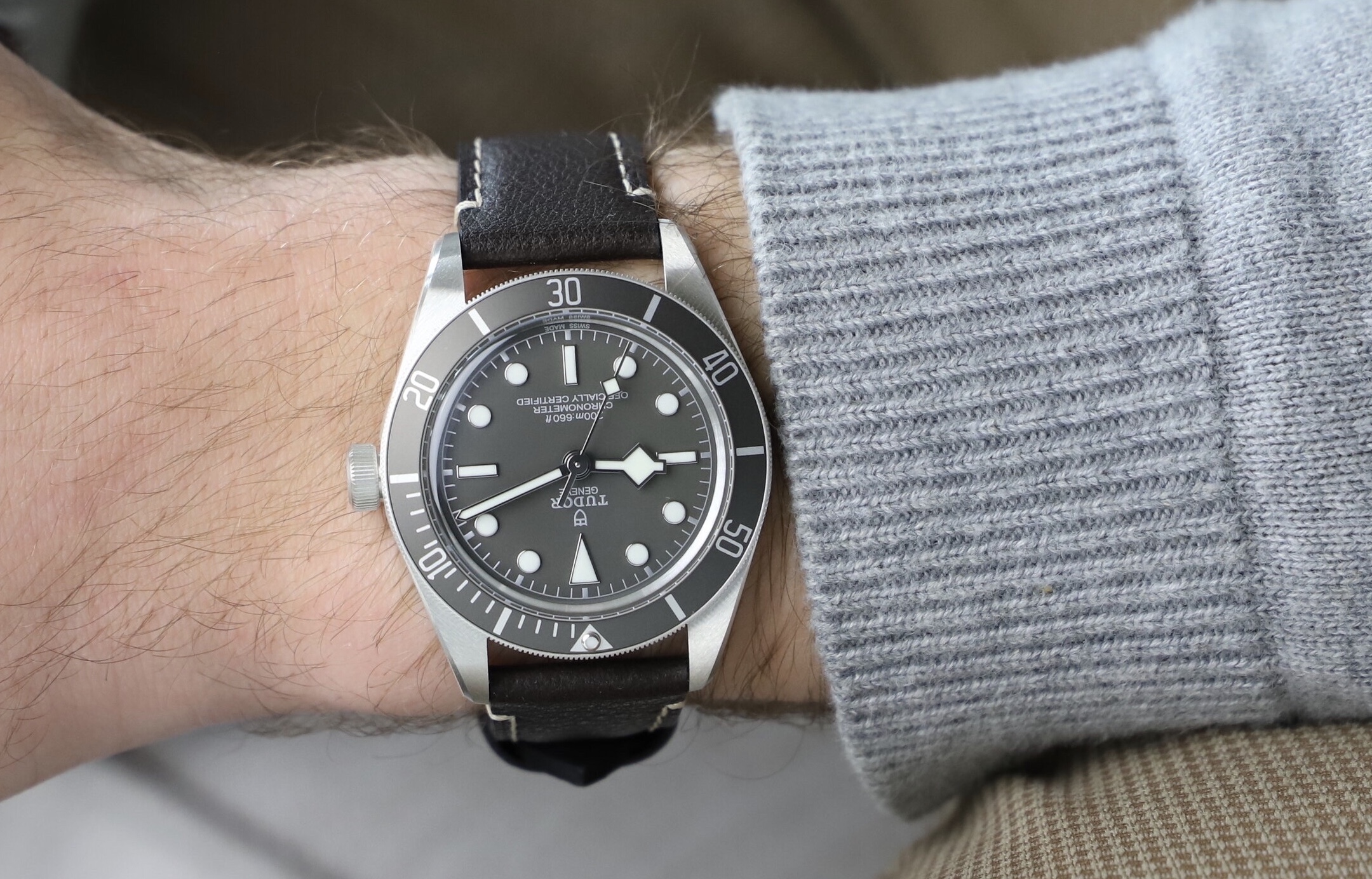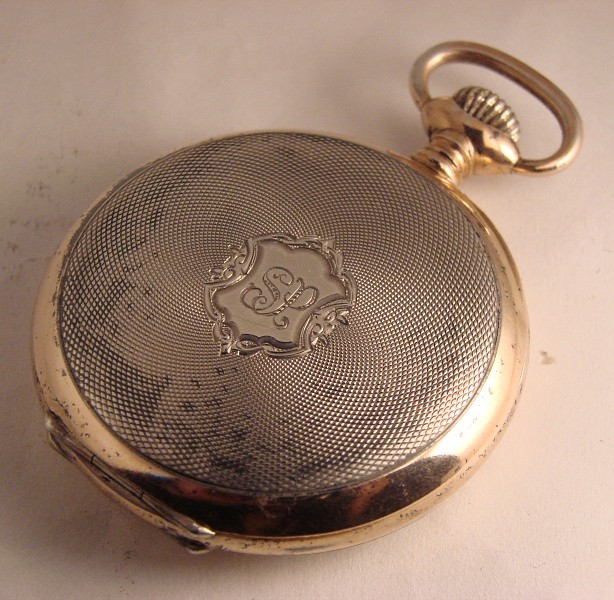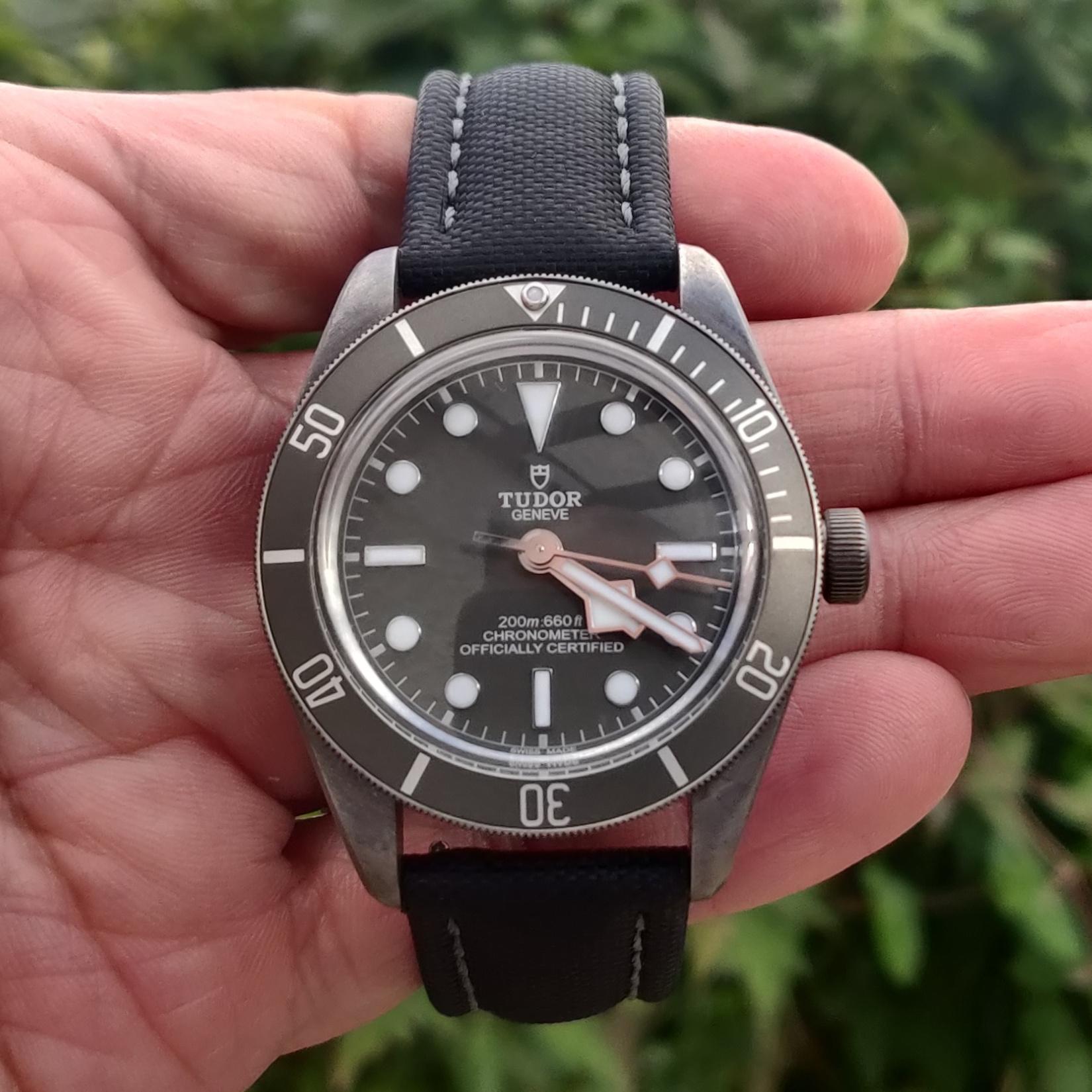
Why are Watches not made of Silver?
There is a great misconception amongst people who are not very familiar with wristwatches. People have a tendency to believe that watches that are in fact made of steel, are made of silver.
It’s not uncommon to hear people talk about steel watches as if they are made of silver. “I really like the silver one” is something that we hear quite frequently. Of course, the more experienced a person is about watches, the less common it is to hear it. At the same time, it is understandable that people believe so. Silver is a noble metal and it makes sense that a fine watch is made of a noble metal and not steel.
But the fact of the matter is actually that there are extremely few watches today that are made in silver. The vast majority of watches are made in stainless steel. And the vast majority of watches that people believe are silver, are in fact made in steel.
Watches are today made in many different materials. Gold, platinum, steel, ceramic, and many more. Silver in the watch industry is virtually non-existent, with just a few exceptions.
So why is it that watches aren’t made of steel? To understand this, we need to gack in history to the time of the wristwatch.
Why are watches not made of silver- history
Back in the days when wristwatches did not exist and all watches were pocket watches, silver was frequently used in the making of these watches. A lot of the pocket watches were made in silver but as the wristwatch came around, watchmaking stopped using silver for the watches and instead changed to stainless steel. One of the reasons was that stainless steel was not invented until 1913. Prior to this, the only option was iron and this material was not ideal due to the fact that it rusted and corroded relatively easily. Since silver only oxidizes and doesn’t rust, it was deemed a more suitable material for the purpose.
Of course, during this time, some pocket watches were also made in gold, but because of the expensive nature of this material, watchmakers needed something else for the watches that were made for the general public and not the fortunate few.
With that said, this doesn’t mean that stainless steel wasn’t used at all for pocket watches, because it was. When stainless steel was invented, pocket watches were still all the rage. So towards the end of the pocket watch era, many of the watches moved from silver to stainless steel.
Since silver is a noble metal unlike stainless steel, it made more sense to use silver in making pocket watches. It’s more exclusive and stainless steel at the time was more seen as an industrial material for things like railroads, buildings, and weapons, not fine accessories like pocket watches.
Why are watches not made of silver?
The main reason why watches are not made of silver is that it will tarnish and discolor over time. Silver will oxidize and take the surface from a shiny white color to a grey and dull finish. Considering that watchmakers want their watches to look beautiful for many years to come, silver is a material that most watchmakers avoid.
There are several reasons why most watches today are not made of silver. And as such, stainless steel has essentially replaced silver.
The primary reasons include:
- Silver tarnishes and oxidizes over time which will change the surface of the material
- Silver is softer than stainless steel
- It’s more difficult to maintain
- Nickel is commonly used in silver
The primary reason watchmakers avoid silver is due to its tarnishing nature. If you have seen old cutlery and other silver objects, you may have noticed that they turn black and get a greyish surface on top. When just polished, silver has a beautiful white sheen, but this doesn’t last very long when exposed to oxygen, water, or moisture. In other words, it’s just not very practical to consistently and regularly have to polish a watch to prevent the tarnishing from taking place.
Moreover, silver is much softer when compared to stainless steel. As such, a silver watch will get damaged and scratched much more easily than stainless steel. Therefore, you would need to polish it more regularly to keep it in a pristine condition. Most watchmakers build their watches to last and to continue looking beautiful for years to come, but using silver would work against this goal. So when watch companies now have the option to choose between silver and stainless steel, they will choose stainless steel.
In addition, nickel is commonly added to silver alloys to make them more durable and corrosion-resistant. The issue is that nickel allergy is relatively common so this would cause issues for watches that are meant to be worn on the wrist. People with nickel allergies would not be able to wear silver watches that contain nickel which is an issue.

Silver vs stainless steel
Yes, silver is a more “exclusive” and nobler material than stainless steel. However, when you put the pros and cons of each alloy side by side when considering them for the use of a watch, the decision becomes rather easy.
- Stainless steel does essentially not tarnish, unlike silver
- Stainless steel is harder than silver and more resistant to scratches and damages
- Stainless steel is more affordable than silver
- Stainless steel is lighter than silver
- Steel requires less maintenance than silver
Silver is a great material for a number of different purposes, but for wristwatches, it’s just not a suitable material. Wristwatches are subject to sweat, water, friction, bangs, and other accidental knocks. As such, a watch needs to be made in a material that can resist these external factors at least fairly well, and in particular, not tarnishing. For this purpose, silver, gold, or other materials just make more sense.

Silver watches and tarnishing
Silver will tarnish over time. It’s a fact. How fast a watch tarnishes, and to which degree depends on the environment it is in and various external factors. Silver will oxidize over time when exposed to oxygen for a prolonged period of time. But things like saltwater, water, and other corrosive acids will speed up the oxidization process and make silver tarnish faster. If you sweat a lot, the acidic sweat from your wrist will also increase the rate at which the silver tarnishes. This may also discolor your wrist and turn it black. Silver watches can even risk discoloring your clothes and leave stains which is not ideal.
In general, a silver watch may show some signs of tarnishing after just a few weeks. After a few months, you can expect to see noticeable tarnishing on the silver case of your watch.
Tudor Silver – Silver alloys
In 2021, Tudor released the Black Bay 79010SG made in 925 silver. Whilst some manufacturers make watches in silver, they are rare and far between. But Tudor decided to give silver a shot for one of its watches and stated that the 925 silver used was their own proprietary alloy that was developed to never tarnish or oxidize. This sounded very promising. Finally, Tudor has solved the greatest issues and is one of the main reasons why watch brands don’t use silver for their watches.

But over time, the 79010SG actually started to show signs of tarnishing and many owners reported that their watch had tarnished. Whilst Tudor had worked hard to create a silver alloy that didn’t tarnish, it would prove to be perhaps more difficult than they initially thought. Yes, Tudor’s silver alloy didn’t tarnish to the same extent as normal silver alloys, nor at the same rate. But there are plenty of examples where the silver on this watch has turned yellow or grey which is what can be expected for a silver watch.




